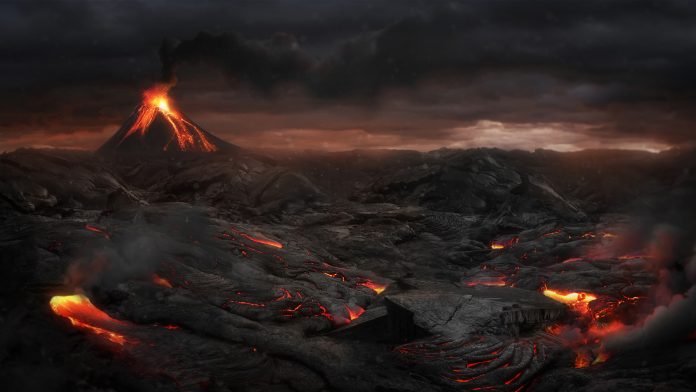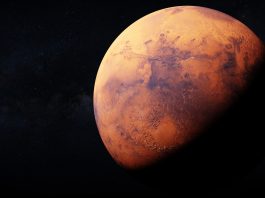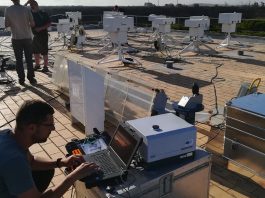Novel research shows that the eruption of a primordial supervolcano created a severe decrease in atmospheric ozone levels, substantially reducing the human population.
The study, conducted by scientists from the Max Planck Institute for Chemistry, KAUST, and the King Saud University, has discovered that the eruption of Indonesia’s Topa supervolcano drastically impacted the Earth’s atmospheric ozone levels between 60,000 to 100,000 years ago.
The researchers believe that their findings can help to elaborate on why ancient human population levels declined, concluding a long-debated evolutionary puzzle.
Sergey Osipov, the leader of the study from the Max Planck Institute for Chemistry, said: “Toba has long been posited as a cause of the bottleneck, but initial investigations into the climate variables of temperature and precipitation provided no concrete evidence of a devastating effect on humankind.”
“We point out that, in the tropics, near-surface ultraviolet (UV) radiation is the evolutionary driving factor. The climate becomes more relevant in the more volatile regions away from the tropics,” commented KAUST’s Georgiy Stenchikov.
Catastrophic volcanic eruptions massively impact the planet’s atmosphere – producing pules of ash and gases that create a layer of aerosol in the stratosphere that impedes sunlight – plummeting the Earth’s climate into a Volcanic winter. These events instigate a plethora of deadly consequences, such as cooler oceans, crop failures, prolonged El Niño events, and disease.
Osipov said: “The ozone layer prevents high levels of harmful UV radiation reaching the surface. To generate ozone from oxygen in the atmosphere, photons are needed to break the O2 bond. When a volcano releases vast amounts of sulphur dioxide (SO2), the resulting volcanic plume absorbs UV radiation but blocks sunlight. This limits ozone formation, creating an ozone hole and heightening the chances of UV stress.”
The team employed the NASA GISS developed ModelE climate model and KAUST’s Shaheen II supercomputer to conduct their research. This technology allowed them to simulate the consequential effects of varying eruptions. The simulations indicated that the Toba SO2 cloud almost halved the levels of the global ozone layer, initiating higher UV radiation on the surface that fatally affected human survival, with even small eruptions significantly impacting the ozone layer.
Osipov concluded: “The UV stress effects could be similar to the aftermath of a nuclear war. For example, crop yields and marine productivity would drop due to UV sterilisation effects. Going outside without UV protection would cause eye damage and sunburn in less than 15 minutes. Over time, skin cancers and general DNA damage would have led to population decline.”









